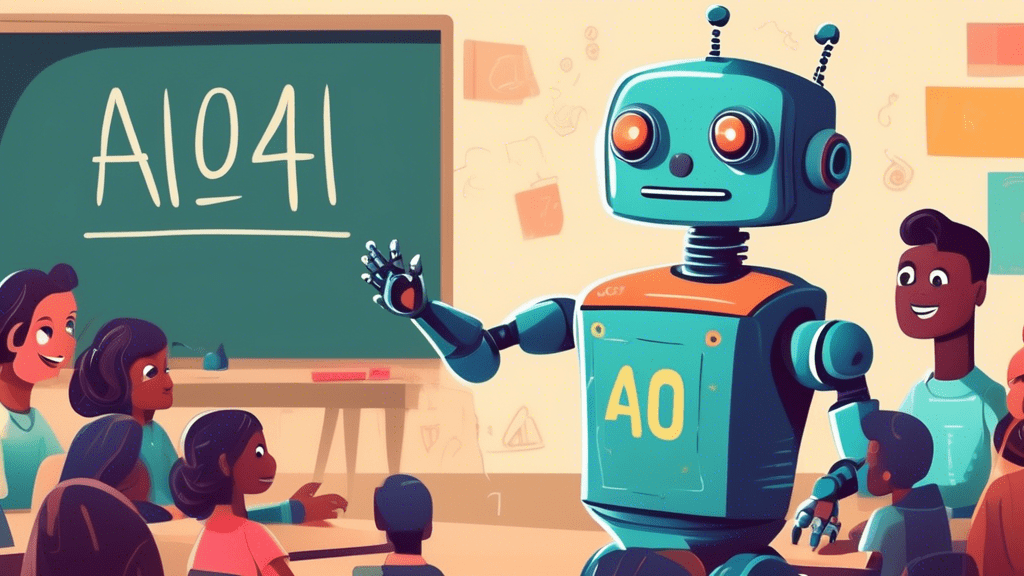What is AI 104?
While AI 104 might sound like a technical term or a specific course code, it doesn’t actually represent a universally recognized term in the field of artificial intelligence (AI). It’s possible that this term is used in a specific context or organization, but it’s not a standard industry term like AI 101 or Machine Learning 101.
However, we can break down the possible interpretations of AI 104 and explore the potential concepts it might encompass, assuming it follows the traditional educational numbering system where higher numbers indicate more advanced levels:
Interpreting AI 104
AI 104 could suggest an intermediate-level course or learning resource in artificial intelligence. If we consider AI 101 as the introductory level, then AI 104 might delve into more specialized or advanced topics within AI.
Potential Topics Covered in an AI 104 Curriculum
While the specific content of an AI 104 course would vary depending on the institution or context, some potential topics it might cover include:
1. Advanced Machine Learning Techniques:
- Deep Learning: This subfield of machine learning focuses on training artificial neural networks with multiple layers to perform complex tasks like image recognition and natural language processing.
- Reinforcement Learning: This type of learning involves training agents to make decisions in an environment to maximize rewards. It has applications in robotics, game playing, and autonomous systems.
- Ensemble Methods: This technique combines multiple machine learning models to improve prediction accuracy and model robustness.
2. Natural Language Processing (NLP) in Depth:
- Sentiment Analysis: Determining the emotional tone or sentiment expressed in a piece of text, often used in social media monitoring and customer feedback analysis.
- Text Generation: Training models to generate human-like text, with applications in chatbots, content creation, and language translation.
- Machine Translation: Automating the translation of text or speech from one language to another.
3. Computer Vision Beyond the Basics:
- Object Detection and Tracking: Identifying and tracking the movement of specific objects in images or videos.
- Image Segmentation: Partitioning an image into multiple segments based on object boundaries or regions.
- Scene Understanding: Enabling AI systems to interpret and understand the context and content of images or videos.
4. Ethical Considerations and Societal Impact of AI:
- Bias in AI Systems: Understanding and mitigating biases that can arise in AI models due to biased training data or algorithmic design.
- Job Displacement and the Future of Work: Examining the potential impact of AI on employment and the skills needed for the future workforce.
- Privacy and Security Concerns: Addressing the ethical implications of collecting, storing, and using vast amounts of data for AI applications.
Bridging the Gap: Resources for Intermediate AI Learners
If you’re interested in exploring these topics further, there are numerous online courses, books, and resources available to bridge the gap between introductory AI concepts and more advanced applications. Some popular platforms include:
- Coursera
- edX
- Udacity
- Fast.ai
- DeepLearning.AI
Conclusion: Embracing the Journey of AI Exploration
While AI 104 may not be a standardized term, it represents a conceptual level of AI understanding that goes beyond the basics. By diving into the topics outlined above, you can continue your journey of exploring the fascinating world of artificial intelligence and its growing impact on our lives.






No comments! Be the first commenter?